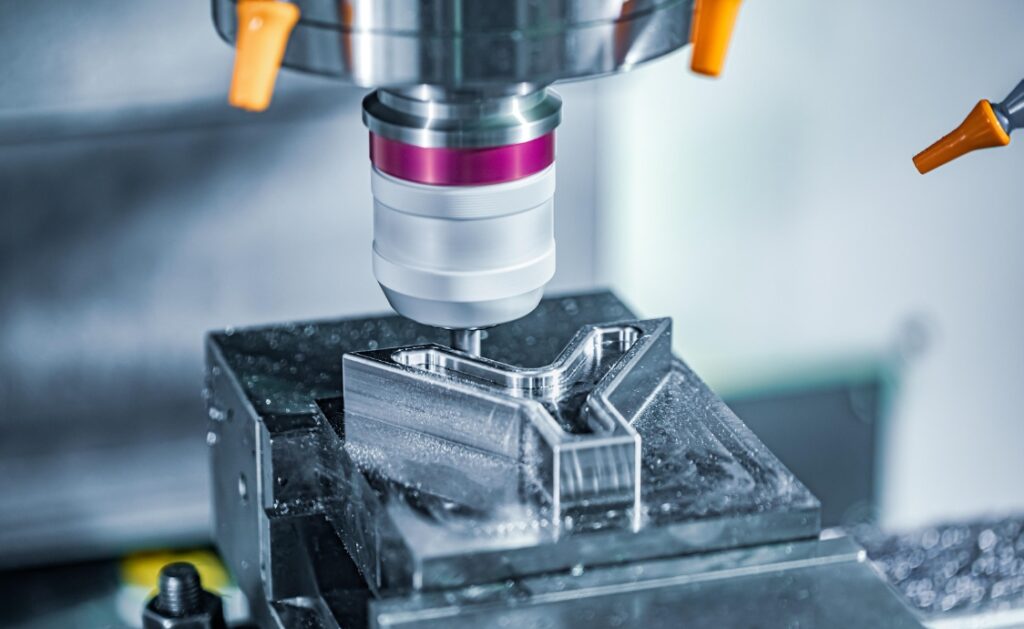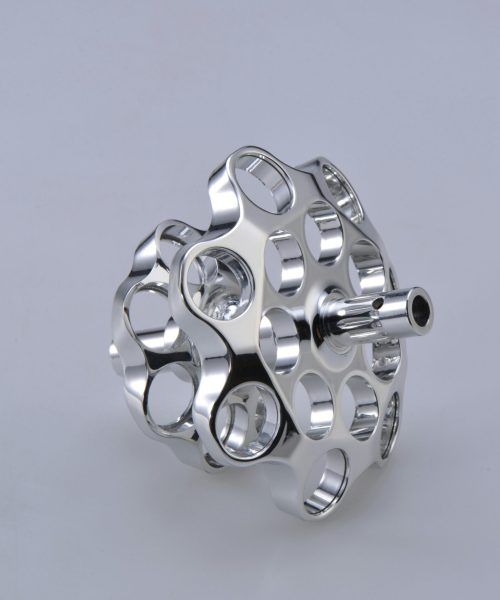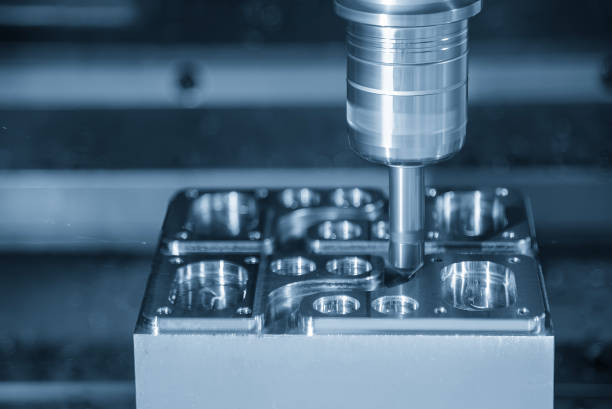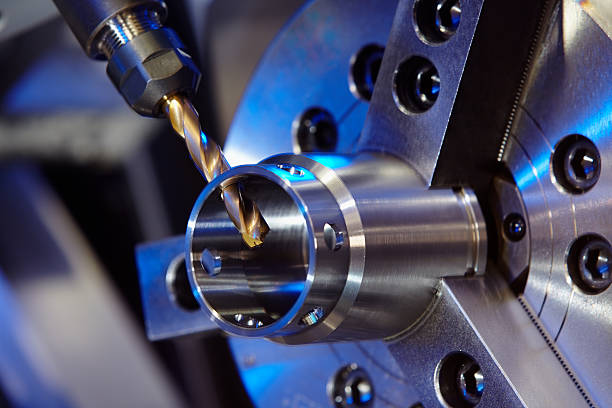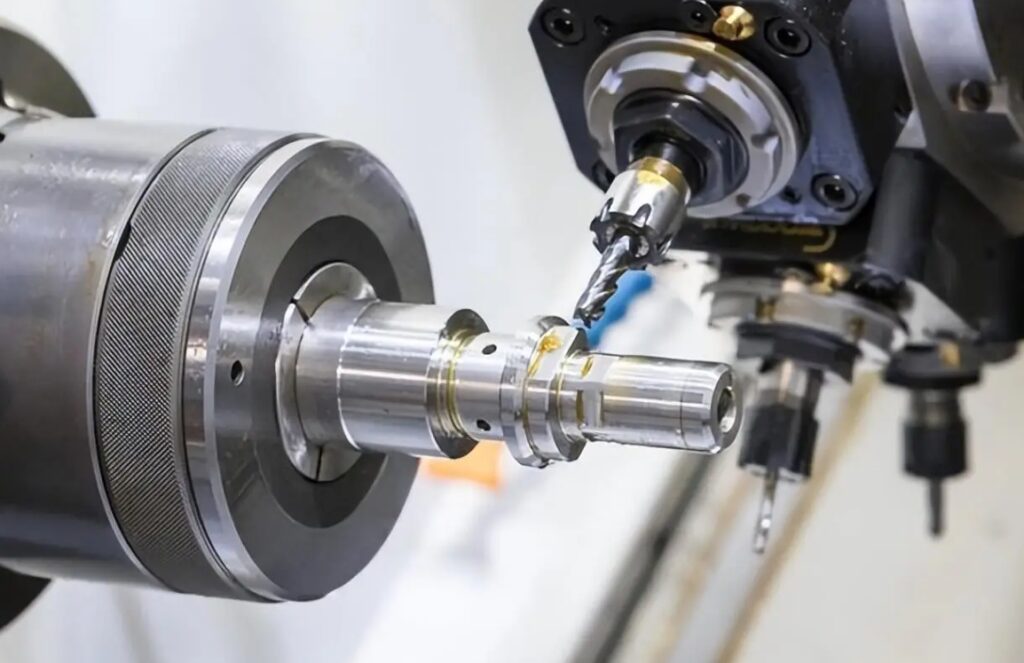Understanding Reaming in Manufacturing
Reaming is a precision machining operation essential for enhancing the diameter and finish of pre-drilled holes. Utilizing a multi-edged tool known as a reamer, this process meticulously removes material to achieve highly accurate hole sizes and smooth surface finishes. Reaming is crucial in industries where exact dimensions and finishes are imperative, such as aerospace, automotive, and medical device manufacturing.
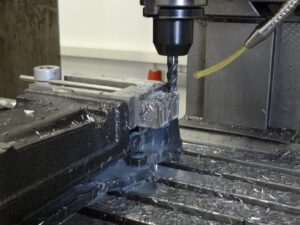
Benefits and Drawbacks of Reaming
Benefits:
- Creates uniform, high-quality holes.
- Minimal tool wear.
- Comparatively low cost.
Drawbacks:
- Requires pre-machined holes.
- Risk of tool damage if not used properly.
What Is Reaming in Manufacturing?
In manufacturing, reaming is a finishing operation that precisely enlarges and smooths the diameter of pre-drilled holes. The multi-edged reamer tool removes a small amount of material, improving the dimensional accuracy and surface finish of the hole. This ensures holes meet strict size and finish specifications, essential in high-precision engineering applications. Reaming is distinct from other hole-finishing processes due to its ability to achieve tight tolerances and a high-quality surface finish.
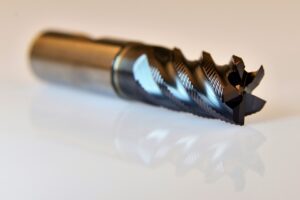
Purpose of Reaming
Reaming helps precisely finish drilled holes to achieve smooth surfaces and exact dimensions, ensuring consistently good quality. This technique is vital for applications requiring precise, even surfaces, demanding an appropriate edge profile and diameter.
Alternative Term for Reaming
While “reaming” is the most commonly used term, it can also be referred to as “reamer machining” in manufacturing contexts, highlighting the use of the reamer tool in the operation.
How Reaming Works
Reaming uses a multi-edged rotary cutting tool called a reamer to enlarge and finish the surface of pre-drilled holes. The reamer’s edges scrape away a thin layer of material, improving the hole’s diameter accuracy and surface finish. It is a critical step for achieving tight tolerances and high-quality surfaces in precision-engineering applications.
Reaming vs. Drilling
Reaming is a finishing process used to refine the size and improve the surface finish of an existing hole, unlike drilling, which creates a new hole. Drilling cuts a circular-shaped hole in a workpiece, while reaming uses a reamer to smooth and accurately size the drilled hole. Reaming removes significantly less material than drilling, focusing on precision rather than hole creation.
See how GCH work?
Applications of Reaming
1. Medical: Reaming is vital in orthopedic surgery for preparing bones for intramedullary nailing and joint-replacement procedures, ensuring accurate hole dimensions for proper implant fitting and function.
2. Manufacturing: Reaming is essential for smoothing holes in precision products, like tools and equipment parts, ensuring components fit perfectly and enhancing product functionality and quality.
3. Automotive: In the automotive sector, reaming is crucial for tasks like enlarging and perfecting holes in vital engine components, ensuring parts meet exact specifications for optimal performance and safety.
4. Pumps: Reaming is critical in pump manufacturing, ensuring parts like impellers and casings have precise hole sizes for optimal performance, ensuring smooth functioning and easy assembly.
5. Aerospace: Reaming is indispensable in aerospace manufacturing for forming exact fastener holes in critical components, ensuring secure assembly and robust performance of aircraft parts.
6. Bearings: Reaming is used to produce precise holes in bearings, ensuring snug fits and smooth operation, essential for the longevity and reliability of machinery.
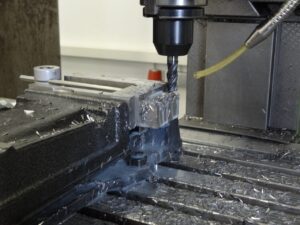
Advantages of Reaming
- High Precision: Produces holes with tight tolerances and excellent surface finishes.
- Efficiency: Can be performed quickly, enhancing productivity.
- Versatilidad: Suitable for various materials and both hand and machine operations.
- Cost-Effective: Generally low-cost tools and economical process.
- Surface Finish: Reduces feed rate to improve hole surface finish.
Disadvantages of Reaming
- Pre-Machined Holes Required: Cannot create a hole, only enlarges and finishes pre-drilled or pre-machined holes.
- Tool Wear: Risk of tool breakage and wear if not used correctly.
- Dimensional Control: Less control over hole dimensions compared to processes like boring.
Common Problems in Reaming
- Poor Fit Quality: If the initial hole is not accurately drilled, reaming may result in poor fit quality.
- Damage to Inserts: Cutting inserts may get damaged if the workpiece material or cutting conditions are problematic.
- Lost Production Time: Damaged reaming tools requiring reconditioning or replacement can lead to production delays.
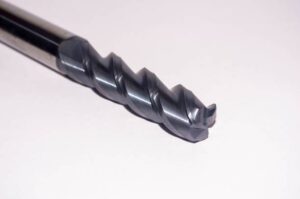
Types of Reaming Tools
- Hand Reamers: Used for manual operations to improve part fitting.
- Stub Screw-Machine Reamers: Identified by a transverse pinhole in the shaft for use in a floating reamer holder.
- Shell Reamers: Designed for reaming large holes in machine setups.
- Chucking Straight-Fluted Reamers: Designed for machine use, featuring straight flutes and a smooth shank.
- Taper Pin Reamers: Have tapered flutes for fitting tapered pins, available in various designs.
- Carbide Reamers: Made from hard materials like tungsten-carbide, very brittle and must be handled carefully.
- Diemaker’s Reamers: Characterized by three flutes cut on a multi-turn helix for rapid cutting.
Choosing and Using a Reamer
How to Choose a Reamer: Consider material, hole diameter, stock to be removed, and desired accuracy and finish.
Importance of Choosing the Right Reamer: Ensures precision in traditional and CNC machining, essential for industries like aerospace and automotive manufacturing.
Using a Reamer:
- Secure the workpiece.
- Pre-drill the hole to slightly less than the final diameter.
- Apply lubricant.
- Insert the reamer.
- Ream the hole with steady pressure.
- Check the size regularly.
When to Use a Reamer:
- Achieving exact hole diameters.
- Clean surfaces.
- Removing burrs and defects from prior machining operations.
Suitable Materials for Reaming: Includes plastics, metals, and composites. Reamers can be made from high-speed steel, cobalt alloys, or carbide materials.
Tips for Using a Reamer:
- Use the right cutting fluid or lubricant.
- Maintain proper speed and feed rate.
- Apply consistent pressure.
- Check hole sizing regularly.
- Deburr and clean the hole after reaming.
- Practice to gain proficiency.
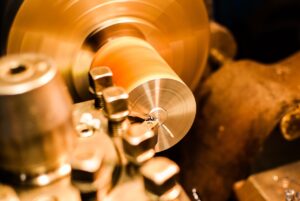
Reaming Challenges and Solutions
Is Reaming Hard? No, reaming is generally stable and faster than boring and grinding.
Will a Reamer Straighten a Hole? Yes, a reamer can straighten a bored hole to fine tolerances and shape conical holes.
Difference Between Reaming and Boring: Reaming refines the interior walls of an existing hole for a smoother finish and precise size. Boring can create larger hole sizes and is used to enlarge holes.
Original article address: xometry
Conclusión
Reaming is an indispensable precision machining operation in modern manufacturing, ensuring exact dimensions and smooth finishes for a variety of applications. For more information or to explore our manufacturing capabilities, contact a GCH Process representative. GCH Process offers a wide range of services, including machining and value-added solutions for all your prototyping and production needs. Visit our website to learn more or to request a free, no-obligation quote.
Disclaimer: The content on this webpage is for informational purposes only. GCH Process makes no representation or warranty regarding the accuracy or completeness of the information. Performance parameters, geometric tolerances, specific design features, quality, and types of materials or processes should not be inferred to represent what will be delivered by third-party suppliers or manufacturers through GCH Process’s network. Buyers seeking quotes are responsible for defining specific requirements. Please refer to our terms and conditions for more information.

